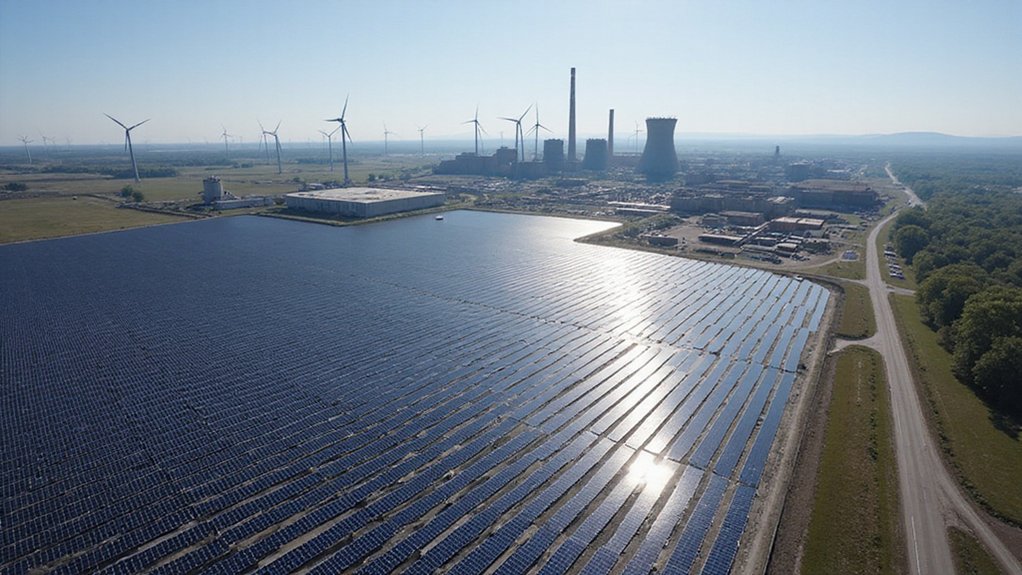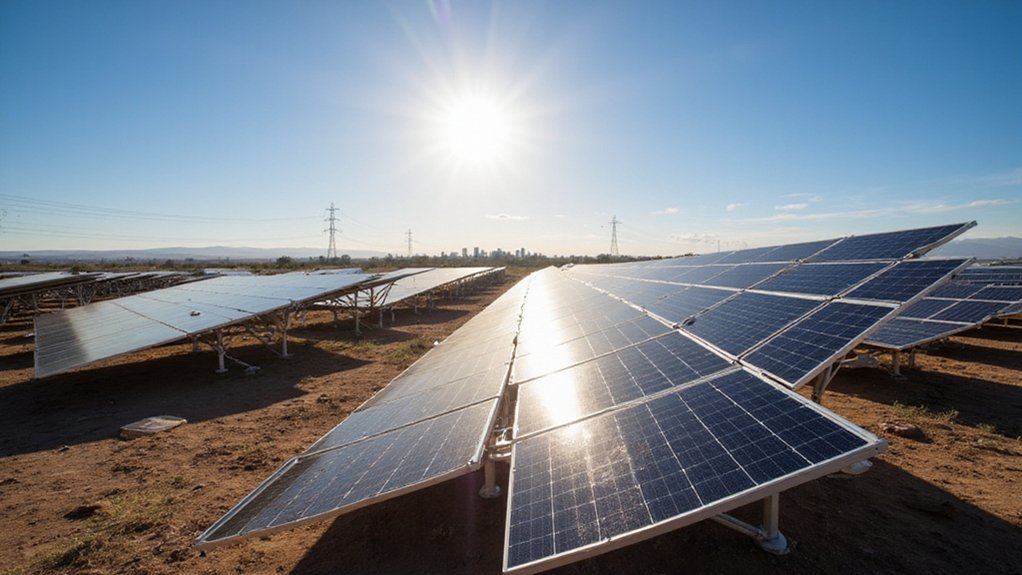The United States reached a pivotal moment in March 2025. Renewable energy sources supplied 50.8% of the nation’s electricity, outpacing fossil fuels for the first time. Wind, solar, hydropower, and bioenergy now generate more power than oil, coal, and natural gas combined. This shift follows years of investment in clean energy technology and improved battery storage solutions. The milestone represents a fundamental change in how America powers its homes and businesses. What does this mean for energy prices and jobs?
After decades of dominance, fossil fuels have finally been overtaken by renewable energy in the United States. March 2025 marked a historic milestone as renewables supplied 50.8% of U.S. electricity, compared to fossil fuels’ 49.2%. This is the first time renewable sources have outpaced traditional fossil fuels in America’s power generation history.
Wind, solar, hydropower, and bioenergy collectively produced more electricity than oil, coal, and natural gas. This alteration represents a dramatic change from just ten years ago, when fossil fuels generated about two-thirds of America’s electricity. The previous record low for fossil fuel share was 51%, set in April 2024.
Solar and wind energy have seen particularly impressive growth. Together, they provided more than 17% of total U.S. electricity from January to November 2024, exceeding coal’s 15% contribution. The U.S. installed record amounts of solar capacity in 2024, with projections showing solar output will reach 340 million MWh by 2026 – almost 8% of U.S. demand, up from less than 1% in 2017. Solar’s rapid expansion has been fueled by a dramatic 40% cost reduction over the past decade, making clean energy increasingly accessible to homeowners and businesses alike.
As renewables rise, coal continues to decline. The U.S. is on track to close half of its peak coal capacity by 2026. Coal’s share of power generation has shrunk to about 15% in 2024, down from 23% just three years earlier. Several developed countries have already closed their last coal-fired plants, demonstrating a global shift away from this carbon-intensive fuel source.
Ten states now generate at least 50% of their electricity from renewable sources. Texas leads the nation in renewable growth, particularly in wind and solar deployments. State-level policies and investments have accelerated this change in many regions. Renewable Portfolio Standards and Clean Energy Standards have been instrumental in driving this transformation, with projections indicating they will add 300 TWh of clean electricity by 2030.
Advancements in battery storage technology have played a significant role in this shift. These systems support the integration of variable wind and solar resources while maintaining grid reliability. Technological improvements have reduced costs of large-scale battery installations, enabling greater renewable penetration.
Record investments in renewable infrastructure during 2024 have driven capacity expansion, while declining prices have made wind and solar increasingly cost-competitive with traditional power sources.









